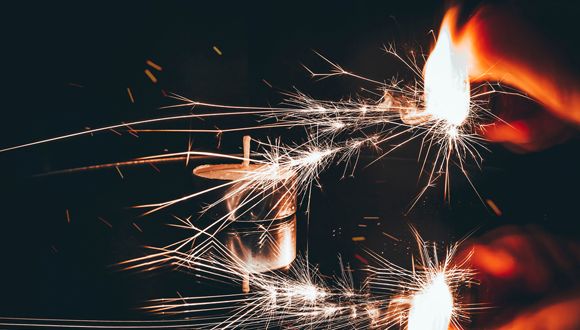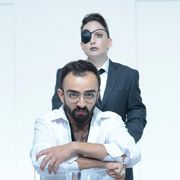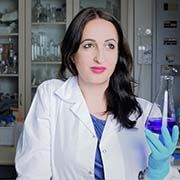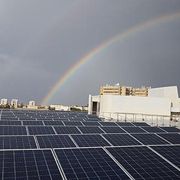Light Matters
This Hanukkah, explore illuminating developments from campus
We met with three of Tel Aviv University researchers across the TAU campus, who are preoccupied with light related projects all year around.
Soaking Up the Sun
Israel and Jordan recently signed an UAE-brokered cooperation agreement, whereby Israel will be purchasing electricity generated at a major Jordan-based solar power plant. Why, you may ask, is this necessary? Do we not have enough sunlight here in Israel?
Israel is indeed blessed with plenty of sunlight, however a number of hurdles are standing in the way of a much-needed solar revolution, including finding room for all the solar panels required to power electricity. This problem is not unique to Israel, advances here has the potential to help many other countries.
“Using large amounts of undisturbed land for solar energy is not environmentally acceptable,” explains Prof. Abraham Kribus from The Iby and Aladar Fleischman Faculty of Engineering. “In Israel, we’ll need about 1000 square km to produce all our electricity. Installing solar panels over agricultural fields can solve the problem of land area shortage for solar power. However, the panels block sunlight that the plants need and may reduce the crop productivity.”
He is currently working on a research project in partnership with the Volcani Institute, that divides sunlight between growing plants and solar panels for electricity generation. “We use an element called ‘hot mirror’ or ’spectral splitter’ to divide sunlight by color: visible light that the plants need for photosynthesis goes to the crop, while other colors (not visible to human eyes) go to the solar panels. We’ve built a lab-scale model of the collector, are testing its behavior and carrying out additional experiments to investigate the response of various crops to modified sunlight. We’ve completed the first year and have two more to go.”

Conceptual image of a field of sunlight collectors
Shedding Some Light on The Unseen
Dr. Avner Fleischer of the Department of Chemical Physics, School of Chemistry and TAU’s cross-faculty research center, The Center for Light-Matter Interaction is literally shedding new light on the smallest things around: "If we could 'film' evolving electrons in real time, we could clarify what they actually do (and why), and eventually also control them," he explains. Dr. Fleischer recently established an experimental laboratory with unique capabilities in the field of attosecond science, the study of processes that occur on a time scale of a few attoseconds (10-18 seconds) or less.
"Once we learn how to control electrons, endless possibilities might emerge - synthesis of new drug molecules, design of solid-state materials for more efficient data storage, and more," he says.
However, there is a tiny problem: since electrons are so light-weight, they move really fast. "In order to be able to film any fast moving object, you need an even faster camera," says Dr. Fleischer. "In a molecule, the electrons experience huge forces: they repel each other, and at the same time are also attracted to the positive nuclei. Strong laser light can exert an even stronger force, capable of ripping the electrons out of the molecule. This practically freezes their motion and yields one 'frame' in the 'film'. By repeating this many times, the entire 'film' can be constructed - frame by frame - just like an ordinary movie."
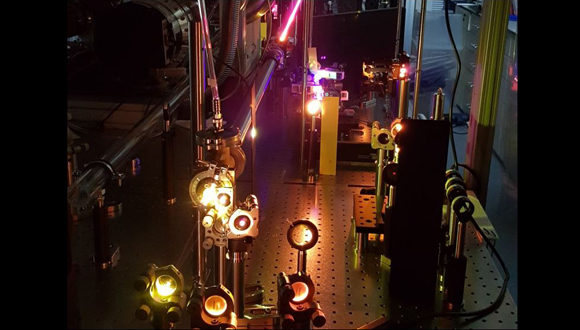
A very strong laser beam is propagating from the far end towards us, its intensity a billion of a billion-times greater than that of the sun's radiation impinging earth (Photo: Dr. Eli Bordo)
The Light Between The Lines
TAU’s very own Master Teacher for Lighting and Stage Design, Bambi Friedman of the Faculty of the Arts, has been teaching students from TAU’s unique honors theatre program about lighting and set design for all stage professions for twenty years straight. A well-known name in circles of Israeli stage arts, he has designed set and lighting for numerous theatre and TV productions and has a studio for designing commercial spaces, exhibitions and special events.
"In stage productions, lighting is used to excite people, direct their attention, tell them how they should feel, and help them read between the [actors’] lines. Lighting can have a tremendous effect, it’s magic," smiles Bambi Friedman. This is done by using lights of different colors, qualities and angles. Green or purple light and directing the lighting from the ground up, can for instance give something a surreal quality, like an alien. Lighting also gives the audience an understanding of time and space, and offers dimensions, so people are able to see life unfold on stage, and not merely flat figures. When dancers perform, for instance, this is of immense importance."
Despite its central role, Bambi Friedman tells us that in theatre productions lighting is usually introduced last. "I’ll watch rehearsal upon rehearsal to see how the production develops, but I have no way of truly experiencing the effect of the lighting until it is implemented. No one does. We all remain the in the dark about the effect of the lighting until the curtains go up and the show begins. Then the magic happens."
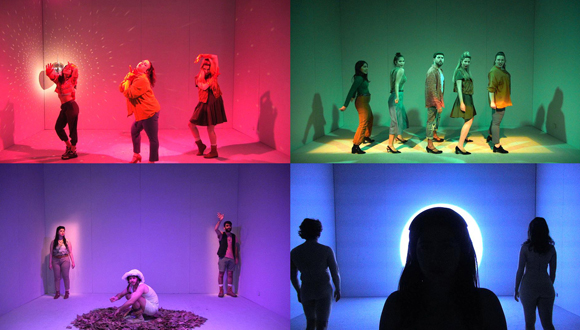
Four different lighting images in the same space, producing completely different qualities of atmosphere, location and points of view. (Photo: From the TAU production “Amsterdam” - By Maya Arad Yasur, lighting design by Noga Shavit.)


